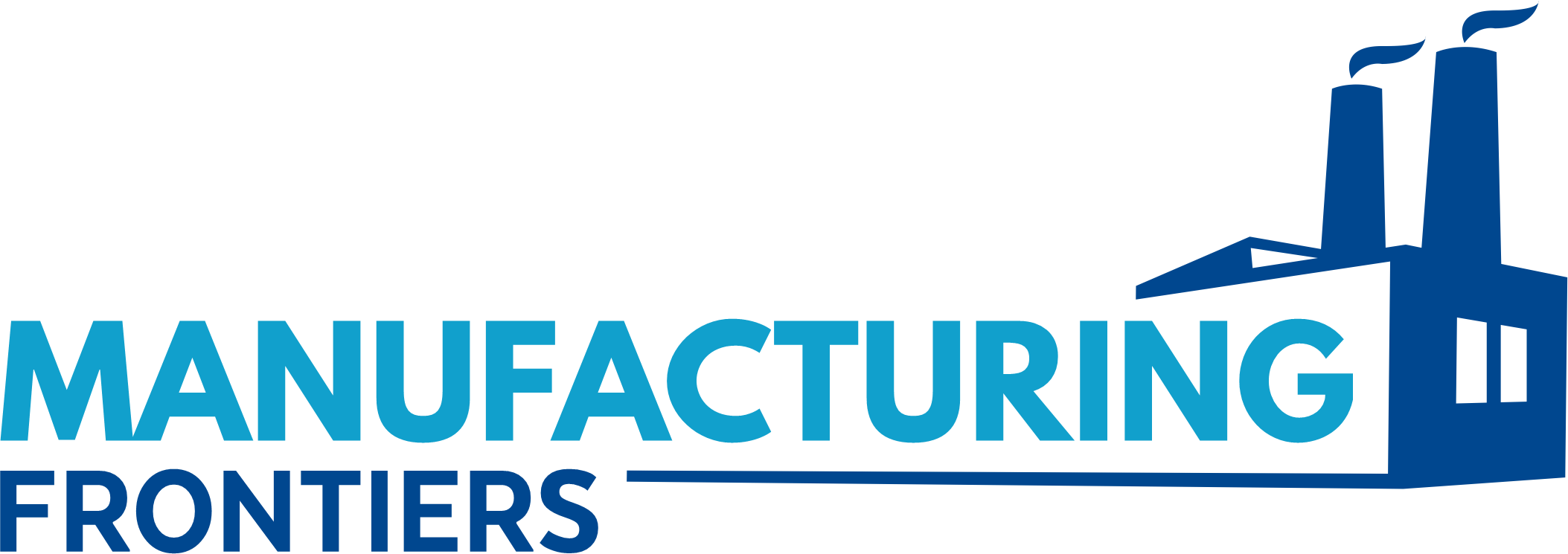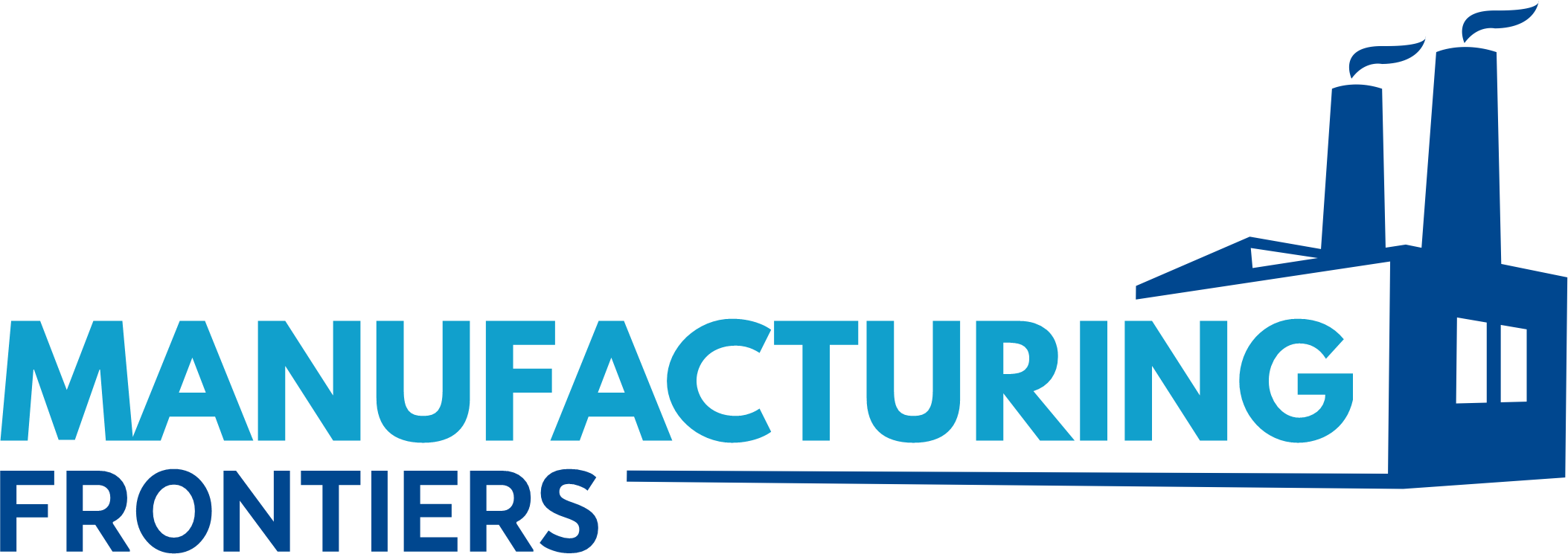excellence, optimize resource utilization, and integrate innovative ideas that will propel business growth.
Achieving Operational Excellence in Manufacturing Processes
Operational excellence in manufacturing refers to consistently delivering high-quality products while maximizing efficiency and minimizing waste. Achieving operational excellence requires organizations to adopt a mindset of continuous improvement, where every process and workflow is regularly assessed and optimized.
Manufacturers must focus on identifying bottlenecks, eliminating non-value-adding activities, and implementing lean manufacturing practices. Lean principles, such as Just-In-Time (JIT) and Total Productive Maintenance (TPM), can significantly improve efficiency and reduce costs, enabling manufacturers to streamline operations and focus on value-creation activities.
Moreover, organizations should consider implementing Six Sigma methodologies to reduce variability and improve product quality. By focusing on both efficiency and quality, companies can create a foundation for sustained growth.
Identifying and Refining Workflow Inefficiencies
A critical step in achieving operational excellence is identifying inefficiencies in business workflows. These inefficiencies can manifest in various forms, including redundant tasks, unnecessary delays, poor communication, and lack of coordination across departments.
By conducting regular workflow assessments and audits, businesses can pinpoint areas where processes are slowed down or resources are misused. The application of business process management (BPM) tools and techniques, such as process mapping and root cause analysis, can help uncover inefficiencies and streamline operations.
Additionally, businesses should leverage digital technologies like Robotic Process Automation (RPA) and AI to automate repetitive tasks and decision-making. Automation not only helps reduce errors but also allows employees to focus on higher-value tasks, ultimately improving overall productivity.
Utilizing Resources Effectively and Integrating Innovative Ideas
Maximizing resource utilization—be it time, workforce, or capital—is crucial for achieving operational excellence. Companies must ensure that they are using their resources effectively to support business objectives and drive growth.
Start by optimizing the allocation of human resources. Workforce planning and scheduling tools can help ensure that the right people are in the right roles at the right time. Additionally, investing in employee training and development empowers staff with the skills needed to meet the challenges of a fast-evolving manufacturing environment.
Capital should also be used wisely. Companies can explore innovative technologies, such as IoT and AI, to track asset utilization in real-time, ensuring that equipment and machinery are running at their maximum potential. By integrating these technologies into the operational workflow, businesses can achieve more with fewer resources, ensuring that capital is deployed for maximum impact.
Rethinking End-to-End Business Operations for Next-Generation Outcomes
Today’s manufacturers must rethink how they approach their entire business process, from the shop floor to the executive suite. Traditional siloed approaches to operations are no longer effective in driving sustainable growth. Instead, manufacturers should focus on creating an integrated and holistic operational model that aligns every aspect of the business towards common goals.
This includes integrating supply chain, production, inventory, and distribution processes with real-time data analytics. By creating a seamless flow of information across departments, businesses can optimize their operations, ensure quick decision-making, and remain agile in the face of changing market conditions.
Investing in an Enterprise Resource Planning (ERP) system that integrates various business functions can help streamline operations and improve collaboration across teams. This also allows for better forecasting and planning, which leads to reduced operational risks and better resource allocation.
Ensuring Resources Are Utilized Effectively and Efficiently
For businesses to maintain a competitive edge, it’s essential to ensure that all resources—be it human, financial, or material—are being used efficiently. A well-designed resource management plan enables businesses to make the most of their available assets while minimizing waste and inefficiency.
Implementing a robust resource allocation strategy involves prioritizing tasks based on their value to the business and aligning resource distribution with strategic goals. For example, companies may choose to allocate more resources to high-priority projects that contribute directly to business growth, while scaling back on less critical tasks.
Additionally, tracking key performance indicators (KPIs) related to resource utilization and efficiency is essential to assess the effectiveness of resource management strategies. Regular reviews and adjustments to these strategies will ensure that resources continue to be used optimally.
Empowering Employees to Drive Operational Improvements
Employees are the backbone of any business, and empowering them to contribute to operational improvements is key to sustaining growth. To encourage continuous improvement, companies must foster a culture of innovation where employees are encouraged to suggest new ideas, identify inefficiencies, and actively participate in decision-making processes.
Training and upskilling programs are critical for developing employees’ technical and problem-solving abilities. Employees who are well-equipped with the right skills and tools are better positioned to drive process improvements and innovation.
In addition to training, manufacturers should implement incentive programs to reward employees for suggesting cost-saving ideas, improving workflows, or contributing to innovation initiatives. This approach not only motivates employees but also fosters a sense of ownership and accountability towards operational excellence.
Conclusion
Achieving operational excellence is a continuous journey that requires a deep commitment to refining workflows, maximizing resource utilization, and embracing innovation. By rethinking business operations, adopting new technologies, and empowering employees, manufacturers can create a competitive advantage that accelerates business growth and drives long-term success.
With a strategic approach to operational optimization, businesses can navigate the complexities of modern manufacturing, boost efficiency, reduce costs, and build a foundation for sustained growth in a rapidly evolving marketplace.









